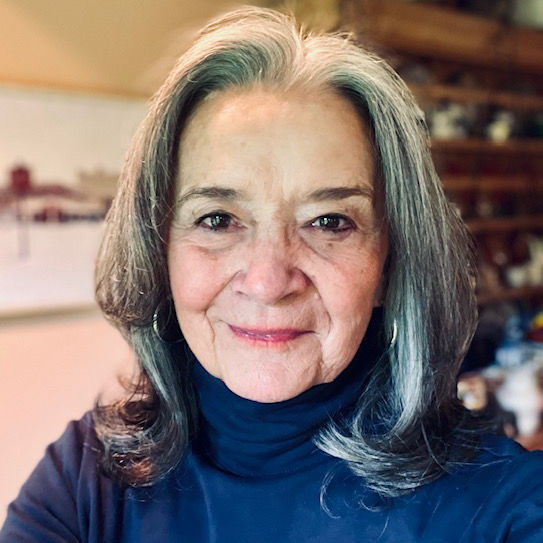Heidi Hayes Jacobs
Author, Speaker, Curriculum Designer,
Education Consultant, Leadership Coach

© 2009 - 2025. Curriculum21™, CMI National CM Institute™, CMI Regioinal Conferences™ and Mapping to the Core™
are services of Curriculum Designers, Inc., Rye, NY. All Rights Reserved.
are services of Curriculum Designers, Inc., Rye, NY. All Rights Reserved.


